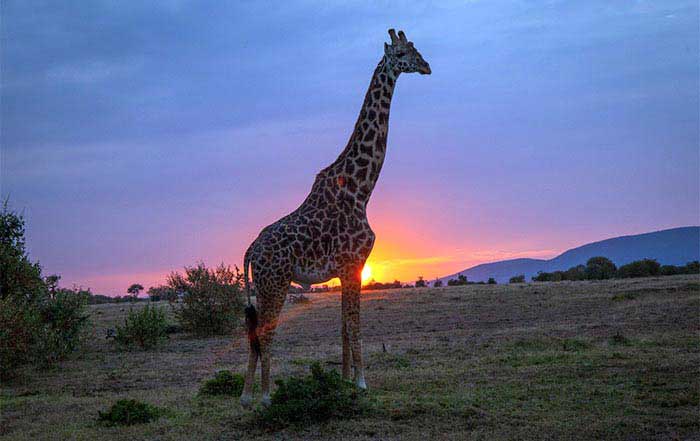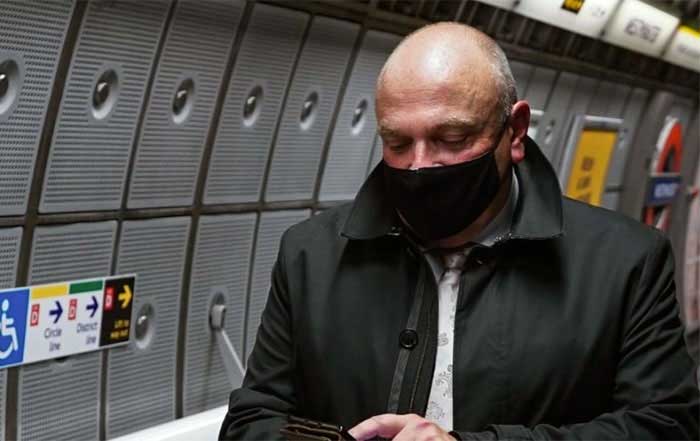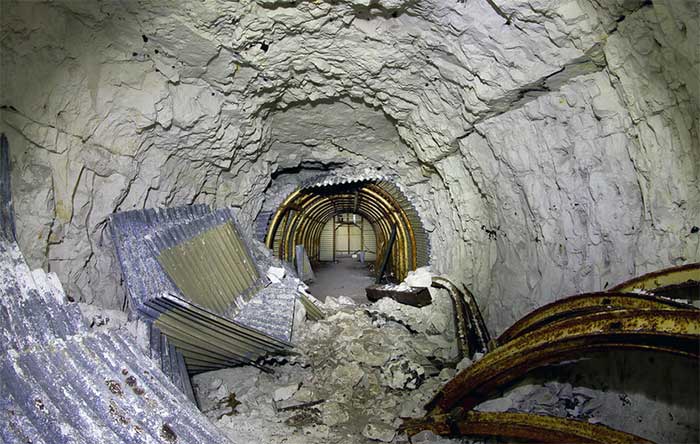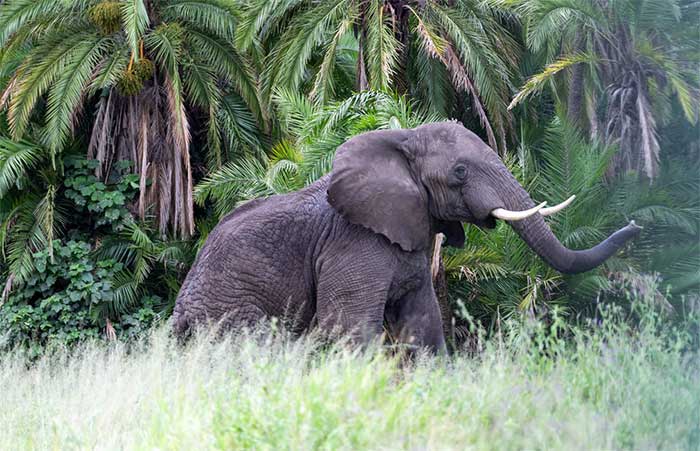It was a most delightful sight- helicopters, planes, 4x4s, and boats were all deployed to capture the great exciting moment. There were hundreds of camera traps and an array of dung studied all across the vast Kenyan land. The satellite collars also monitored the exercise as Kenya embarked on its first-ever national census of wildlife. The great census that covered the length and breadth of the country's 58 national parks, national reserves, private and community conservancies was supposed to come to an end by 31st July 2021. The census would cost the government of Kenya a whopping 250 million shillings (£1.6m). The great census would include a counting exercise that would take in thousands of marine and terrestrial mammals. It would also include the counting of ostriches, kori bustards, and other endangered primates. The results of the census were due in August 2021.
Why did the government decide to embark on such a complex undertaking? Well, the main objective was to try and establish a baseline of wildlife distribution and status. The government also sought to create a basis that would generally inform the policy direction. To this end, Kenya's tourism and wildlife cabinet secretary, Mr. Najib Balala, announced that this census would help the government formulate modern strategies to conserve and manage the country's wildlife effectively. At the same time, the exercise would help the government monitor the distribution and numbers of some rare, threatened animal species. Among these are green hawksbill turtles and pangolins. The CS noted that these animal species are daily dwindling in numbers as a result of intense poaching.
Kenya, an East African country, is world-famous, not only for its graceful athletes but also for hosting an impressive variety of animal resources. Think of the Hirola antelope that inhabits Kenya's Tsavo East National park. Experts recognize Hirola as a rare antelope species; indeed, Hirola is listed on the IUCN's 'critically endangered species list. While Kenya has previously conducted some kind of a targeted census for various endangered animals (including rhinos and elephants), the government admits there has been little monitoring of many other rare, endangered, and threatened wildlife species. The government admits that "the numbers and range of these endangered creatures have declined significantly in the last three decades." Some of the most endangered animals include rare antelope species like the sable, the mountain bongo, and the hirola. As noted, the last two species are actually recognized as critically endangered by the monitoring International Union for Conservation of Nature. According to the government brief, some key Kenyan wildlife landscapes have experienced unique challenges touching on land tenure and its use, the climate crisis, and drought. The government says such factors are "likely to impact negatively on the existing wildlife population. This is precisely why the government believes it's crucial to undertake the national survey.
"The exercise will help us understand the wildlife population trends; it will also help us know if a given area has the capacity to carry particular animals. Moreover, we'll better understand the effects of climate change on the existing wildlife population; we'll understand what effect the increase in human population has on wildlife conservation and similar factors," Mr. Balala said. The CS concluded that the wildlife census would help mitigate the rising cases of human-wildlife conflicts. This would reduce the ever-increasing compensation bill; currently, the compensation bill stands at about Kenya shillings 14 billion.
During the extensive census, the government used various methods, including ground and aerial techniques, to count all the larger mammals in the open savannah. The same approach was used to count mammals in arid and semi-arid areas. The team used camera traps and dung counts in various forested ecosystems. Way back in 2013, the government conducted an aerial count in the Amboseli national park region. However, the current national wildlife census will mark the first time the government is collecting coordinated data from all of Kenya's parks. The acting director of the Wildlife Research Training Institute, Dr. Patrick Omondi, said the government of Kenya was using "internationally recognized peer-review methods" to come up with accurate data from this census."
The director said that "deployment of personnel and needed equipment generally depends on the conservation area's size." "For example," he continued: "The government deployed a team of 13 and 50 aircraft; these were both fixed and helicopters- these were deployed in Kenya's largest Tsavo ecosystem. We also used other methods, including satellite collars, to monitor migratory animals; this is especially useful to prevent double counts. Further, we used aerial voice recorders to analyze the presence of a specific group of animals in a given area."









